Welcome to the Corker eco-friendly gardening guide! Our gardens and outdoor spaces aren’t just somewhere we escape the nine to five and enjoy a time out with friends and family. They’re also vital sanctuaries to wildlife and important for conservation efforts. That’s not so surprising when you consider that UK gardens make up an area larger than the Lake District and the Peak District combined!
We might not think our little space can make a difference – but it really can! In this guide to eco-friendly gardening, we’ll explore the steps you can take to make your green space even greener!
1. Become a great composter
2. Eat your greens
3. Entertain some wild visitors
4. Go native on your outdoor space
5. Grow a bit wild
6. It’s as easy as one, two, tree
7. Join things up
8. Soil yourself
9. Waste not, want not
10. Make a splash
1. Become a great composter
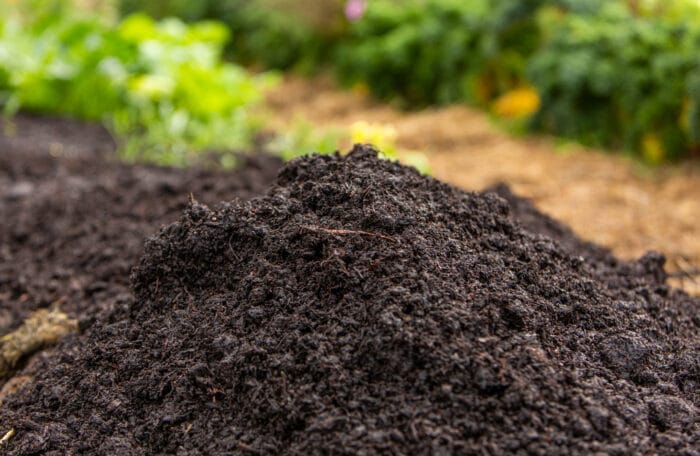
You can kickstart your eco-friendly gardening (not to mention improving your soil and plant growth) by creating your own compost heap. They are one of the most valuable habitat features you can have in your garden, offering refuge to all manner of species including earthworms, frogs, hedgehogs, and lizards like slow worms.
The important thing is to avoid using peat in your compost. Peat extraction can devastate natural ecosystems that may have taken centuries to form. If you want to embrace eco-friendly gardening, then avoid peat and focus on green compost instead. Green compost is derived from completely natural materials and processes and can be used for organic growing.
Composting will provide a slow release of vital nutrients into your soil, boosting its vitality and making it more productive. It also helps improve moisture retention and soil drainage at the same time! Adding organic matter to your soil will supercharge the structure and make it much more workable too.
At Corker Outdoors, we pride ourselves on working with some of the most reputable suppliers in the business, including producers of excellent quality green and mushroom compost.
2. Eat your greens
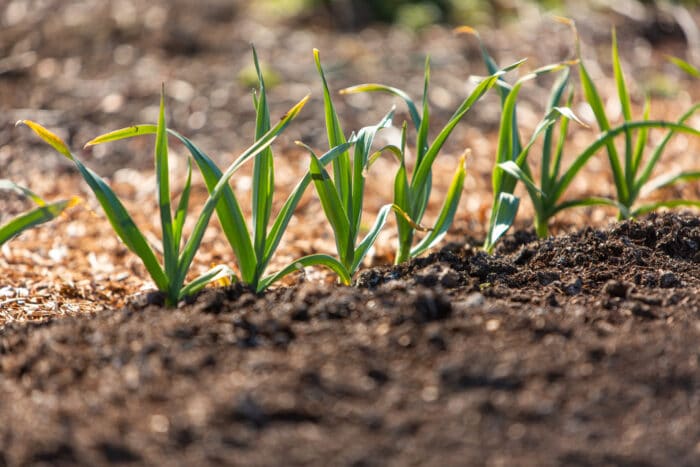
We recently compiled a comprehensive guide to growing your own vegetables. Growing your own food is just another way of going green. It cuts down on food miles and you are in complete control of what goes into the soil as well as what comes out. It’s a great opportunity to harvest those hard-to-find varieties and taste sensations rarely stocked in the supermarket. It’s also an opportunity to embrace going fully organic, reducing your reliance on artificial help in the garden. No wonder it makes it into the top ten of our eco-friendly gardening tips!
One of the easiest ways of starting to grow your own veg is via containers or in a raised bed. We’ve even put together an easy how-to guide using pallet collars to create cost-effective, great value raised beds. From the right compost to the collars themselves, you’ll find everything you need in stock at Corker Outdoors.
3. Entertain some wild visitors
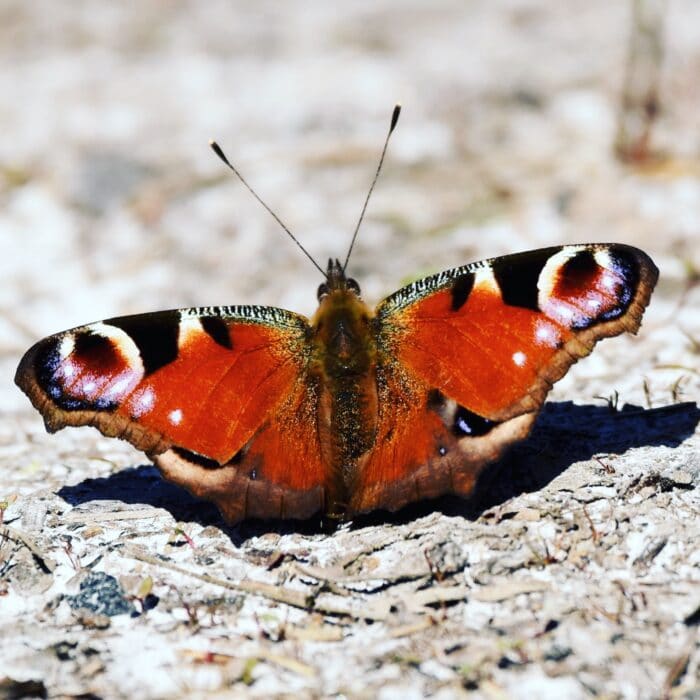
Eco-friendly gardening is about cutting down on chemicals and dangerous substances – including invasive plants and working with nature for the best result. Slugs, snails, greenfly – you name the pest, and there’s a predator that will only too happily eat them for you. So, do your best to encourage them to make themselves at home in your outdoor space.
One of the easiest ways of doing this is to build a bug hotel. These can be ready bought from garden centres and online, but it’s just as easy to make one yourself. With just a few basic materials, such as bricks, dead wood, bamboo, and pinecones, you’re all set. You can top your bug hotel with turf for insulation, but that’s not vital. And, you can even build your bug hotel with pallets, filling in the gaps with your raw materials. Bug hotels are popular with many helpful garden animals, including solitary bees, earwigs, ladybird larvae, and spiders.
Another great way of encouraging the right visitors to your garden is to have the right plants. We’ve put together a blog on exactly the right ones that will have pollinators popping by on a regular basis!
By building a butterfly house, you’ll also encourage pollinators to set up shop in the backyard. As before, these can also be bought readymade at minimal cost online or in garden centres.
One of our most helpful pest predators – the humble hedgehog, really needs our help now, as populations continue to decline. So, building a hedgehog house is another way you can control those species less welcome in the garden without a single spray or pellet.
4. Go native on your outdoor space
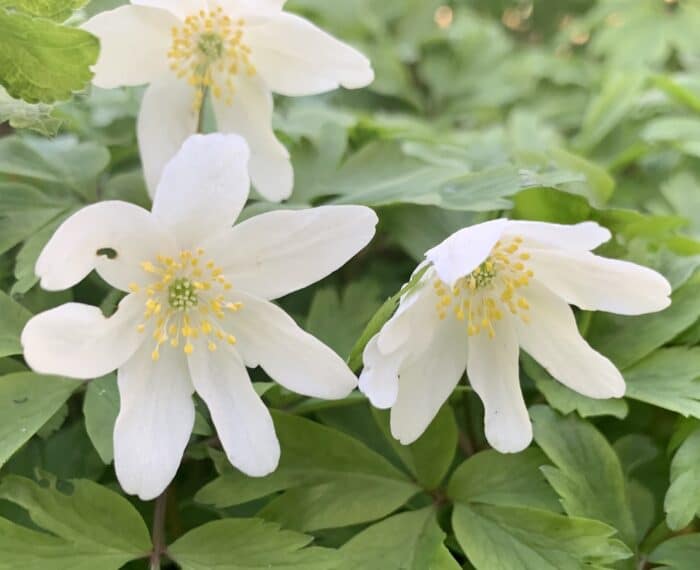
Over the last few centuries, gardening has moved from being the reserve of the elite to something we can all enjoy. But whether we’re stocking our country estate, or simply filling up our border beds, our choices can have a significant impact on the wild communities beyond.
If you’re a keen gardener, it’s likely you’ve heard of the likes of Japanese knotweed and giant hogweed, both of which were introduced by the Victorians as ornamental garden plants. Both are so invasive, it’s now illegal to grow them and you can be prosecuted for helping their seeds to spread, even if by accident. Other species, like rhododendron, aren’t inhibited by law, but are still extremely invasive – blocking out light for other plants and harbouring diseases fatal to some of our native trees.
Those ninja-like grey squirrels that raid your bird feeders? They arrived from America, again at the invitation of the Victorians. In fact, from floating pennywort to ornamental skunk cabbage, we have inadvertently introduced some extremely harmful and unnatural plants into the British countryside.
The remedy? Go native! There are a whole host of wonderful native plants, shrubs and trees that will not just look good in your garden but will also be perfectly suited to it. The great thing about going native is that these species have already adapted to British soils and our weather.
Some of our most favourite and sought out species happen to be native UK plants. Primrose, snake’s head fritillary, lily of the valley, wood anemone and golden shield ferns can all add a blend of evergreen and blooming brilliance to any outdoor space.
5. Grow a bit wild
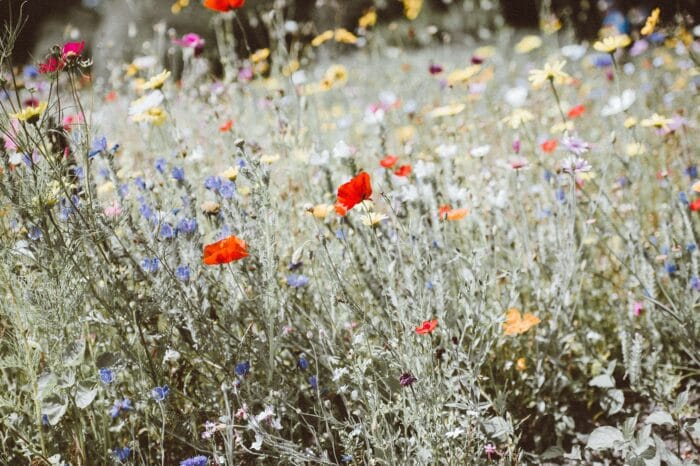
What if we told you that doing fewer garden chores was also eco-friendly gardening?! It’s true! Whilst you’re manicured lawn might look amazing, it offers little benefit (not to mention room) for wildlife. Why not let a little section of your garden become overgrown, and perhaps even create your own, small scale wildflower meadow? This makes for a much more attractive environment for wildlife and will give you a little less to do in the garden too!
Another way of cutting down the chores and helping wildlife is to take part in ‘no mow May’. Plantlife, a charity dedicated to conserving our wild flora, simply asks you to join legions of other gardeners across the country in doing…nothing! Lock up the lawnmower and give the wildflowers that help our pollinators (including dandelions and other so-called weeds) a chance to bloom. And you can extend it throughout the summer if you really want – why not embrace ‘let it bloom June’ and ‘knee-high July’ as well!
By letting your garden go a bit wild, you’ll be creating a refuge where bees, butterflies and other invertebrates can feed and take refuge. In turn, these vital parts of the food chain will encourage more birds and maybe even other animals like bats and hedgehogs to visit your garden more regularly. They’ll even help with the chores – acting as organic pest control!
6. It’s as easy as one, two, tree!
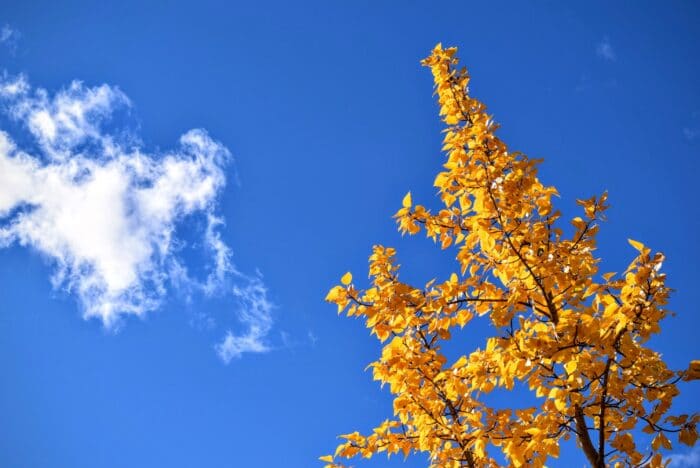
One of the easiest ways of making your garden eco-friendlier is to plant a tree. Whilst we realise this is somewhat space dependent, not all trees need to be towering behemoths. Species like blackthorn (just think of the sloe gin you’ll be able to make!), dog rose, crab apple, elder, and hazel can all be kept to a manageable size and are ideal for smaller spaces.
Research conducted by the Woodland Trust has shown that gardens with trees are more attractive to wildlife. Just as when choosing your plants, native species are best and provide the most benefit. Trees can provide both shade and privacy, can reduce noise pollution, stabilise soil, and of course, purify the air by taking in carbon and producing oxygen!
Moreover, the average single tree supports and is home to approximately 25,000 different species of plant and animal. Just adding one tree to your garden will also boost biodiversity. Trees act as “in-between areas” – creating vital corridors of cover between green spaces. This is extremely important in urban areas, or where gardens and new developments encroach on meadows, woodlands, and other natural habitats.
One of the best trees for wildlife is the wild service tree, also known as the chequers tree. And yes, just like the pub (and the Prime Minister’s country residence) – as the chequered fruit it bears was once used to make alcohol. It does well even in heavy clay soils, and as the name suggests, is a valuable asset to its local wildlife.
7. Join things up

Why not extend your eco-friendly gardening habits to your neighbours and encourage them to get involved? A first step might be suggesting opening things up a little bit to create vital wildlife corridors between your gardens. Our modern outdoor spaces are often fully enclosed by walls, fences, or other barriers. This makes it especially difficult for smaller, ground dwelling animals to move from place to place. By cutting a small, square hole of 13cm x 13cm in your fence, an animal as large as a hedgehog can wander to and fro with considerably more ease. As we mentioned earlier, hedgehogs are not only one of the best friends an eco-friendly gardener can have, but they are also suffering sharp population declines and need all the help we can give them.
8. Soil yourself

Okay, we couldn’t resist the pun, but it’s easier than you think to make your own fertiliser! Collecting leaves and making your own natural leaf mould is just one way of doing it. Another is to use leftover food, coffee grinds, tea leaves, and other organic waste. Tied into our next point on waste, you can even make the most of weeding to your advantage. Soak your ousted weeds in a container for a few weeks to create a nutrient-rich solution that makes for a brilliant liquid plant food.
Another way of reducing waste and making your own fertiliser is ‘grasscycling’. The idea is simple – in principle. It’s a case of letting your grass clippings to fall as you mow. You can either use a mulching mower if you have one or spread your clippings evenly after collecting them. To make the most of grasscycling, it is recommended that you mow regularly. This enables your clippings to stay relatively small, meaning they compost into the lawn quicker. As the clippings break down, they fertilise the lawn, meaning you’ll have less need for other, less natural additives.
9. Waste not, want not
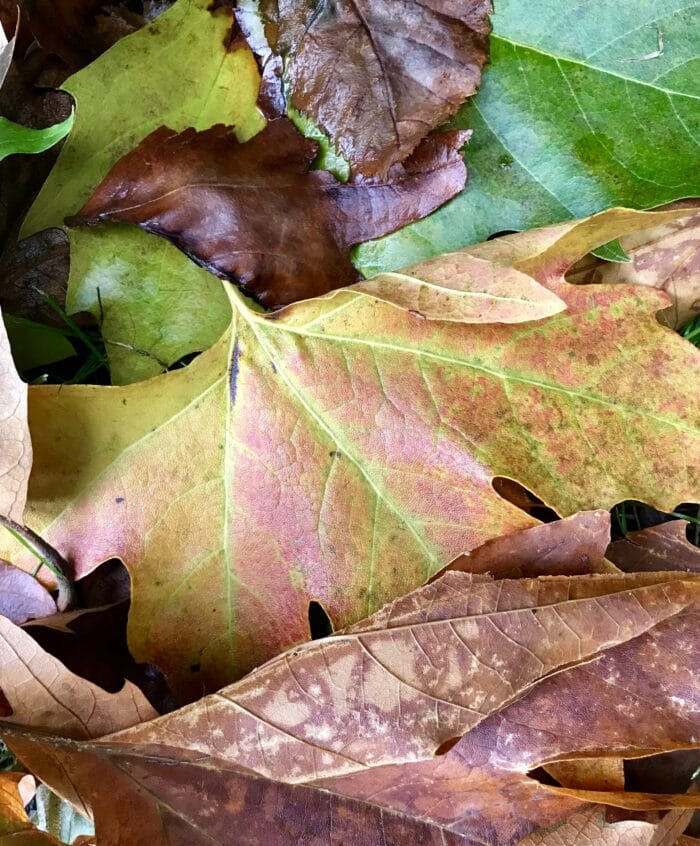
With the constant planting, replanting, and reorganising of beds and plots, gardening can create a lot of accidental waste. Luckily, a great deal of this waste is a multi-use windfall that can be put to work. For the eco-friendly gardener (and all of us), reducing waste is a significant step towards a greener garden and a greener future.
A simple measure is to collect rainwater in a container or butt. Water resources in the UK and across the world are under threat from climate change. At the same time, plants need water most in the hot, dry months of summer – often when resources are stretched to breaking point and pesky hosepipe bans creep in. Luckily, collecting rainwater is relatively easy and simple. It can be collected from the roofs of homes, sheds, greenhouses, garages and other garden structures with guttering and a downpipe.
And as we mentioned before, using organic material like mulch and compost will also help boost moisture retention in the soil. Collecting fallen leaves and storing them in a corner of the garden will provide shelter to animals like hedgehogs and create a natural mulch for you to use as they decompose.
10. Make a splash
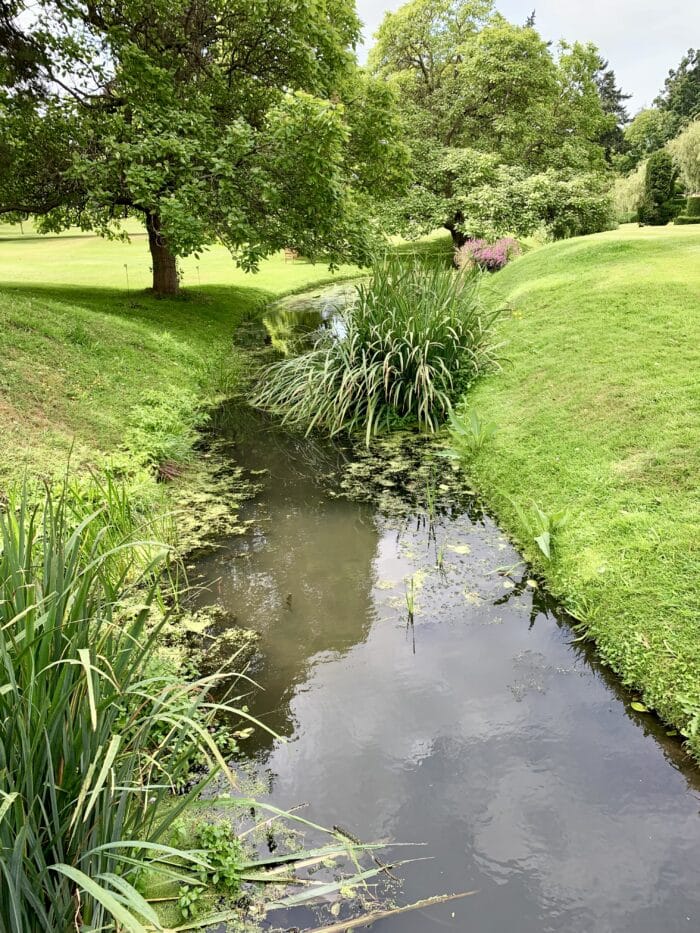
If you have the space, the addition of a natural water feature could transform your garden into an oasis for wilder residents. A pond will encourage amphibians like frogs, toads, and newts to set up home in your garden – adding to the veritable army of pest controlling predators on patrol. It also provides drinking and bathing water for birds. Insects too love water and are bound to stop off at your place if you have it. Hopefully they’ll help with some pollination or play their part in the food chain when they do. The plants and animals that make your pond their home will boost biodiversity in your outdoor space and endorse your green credentials.
If you don’t have room for a pond, you could build or buy a bird bath. Even just a shallow dish of water can make a big difference, providing an opportunity to cool off with a drink or a dunk in summer, and providing vital, accessible water in winter.
These ten steps build up to a giant leap forward for anyone wanting to embrace eco-friendly gardening. As always, the Corker Outdoors team are happy to offer help and advice on any project you might be undertaking.
Resources
https://www.discoverwildlife.com/animal-facts/facts-about-uk-invasive-species/
https://www.rhs.org.uk/plants/articles/graham-rice/plants-for-places/10-agm-british-natives
https://www.woodlandtrust.org.uk/blog/2019/03/british-trees-to-plant-in-your-garden/
https://www.futurity.org/trees-biodiversity-1280382-2/
https://www.wildlifetrusts.org/wildlife-explorer/trees-and-shrubs/wild-service-tree
https://www.plantlife.org.uk/uk/discover-wild-plants-nature/no-mow-may

